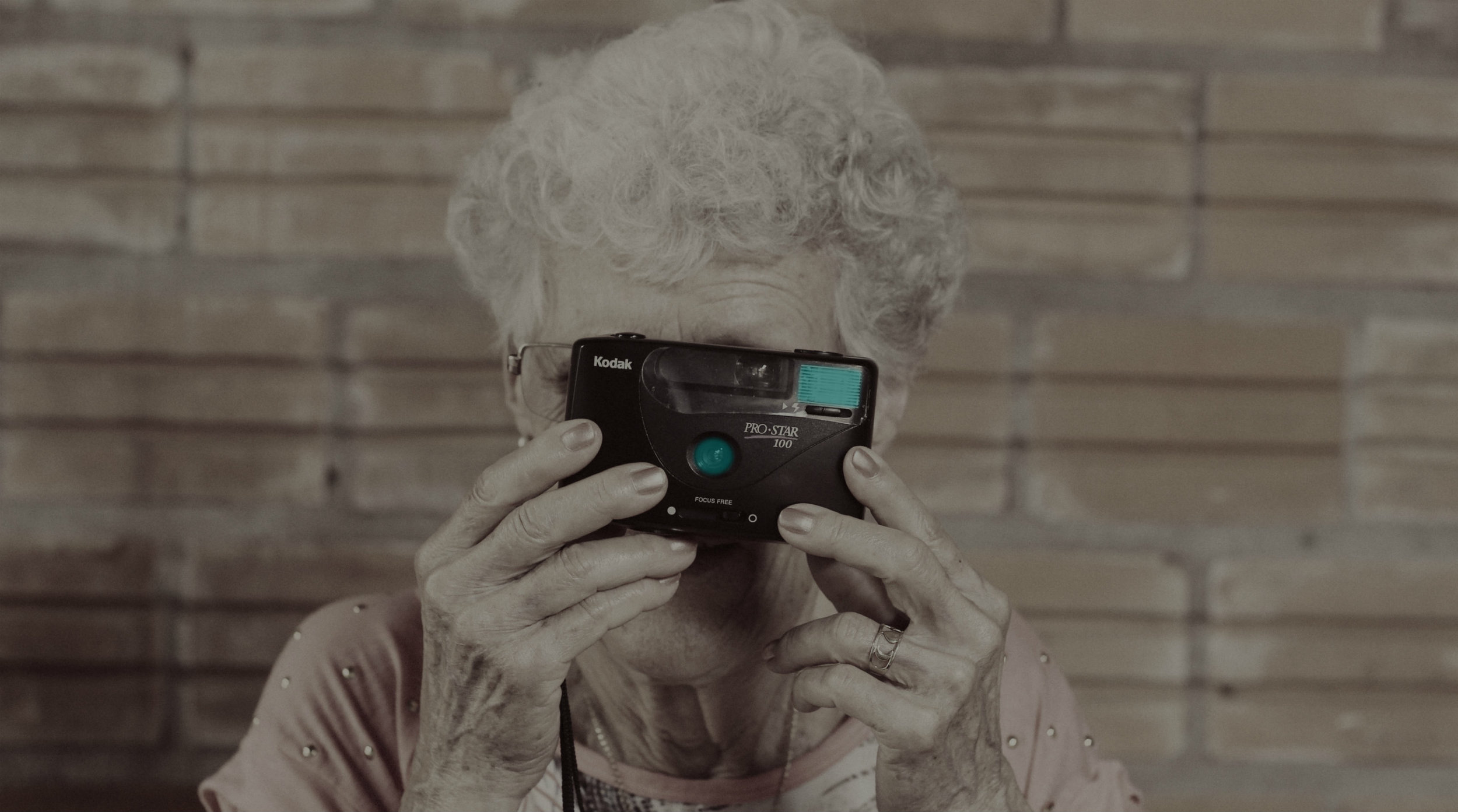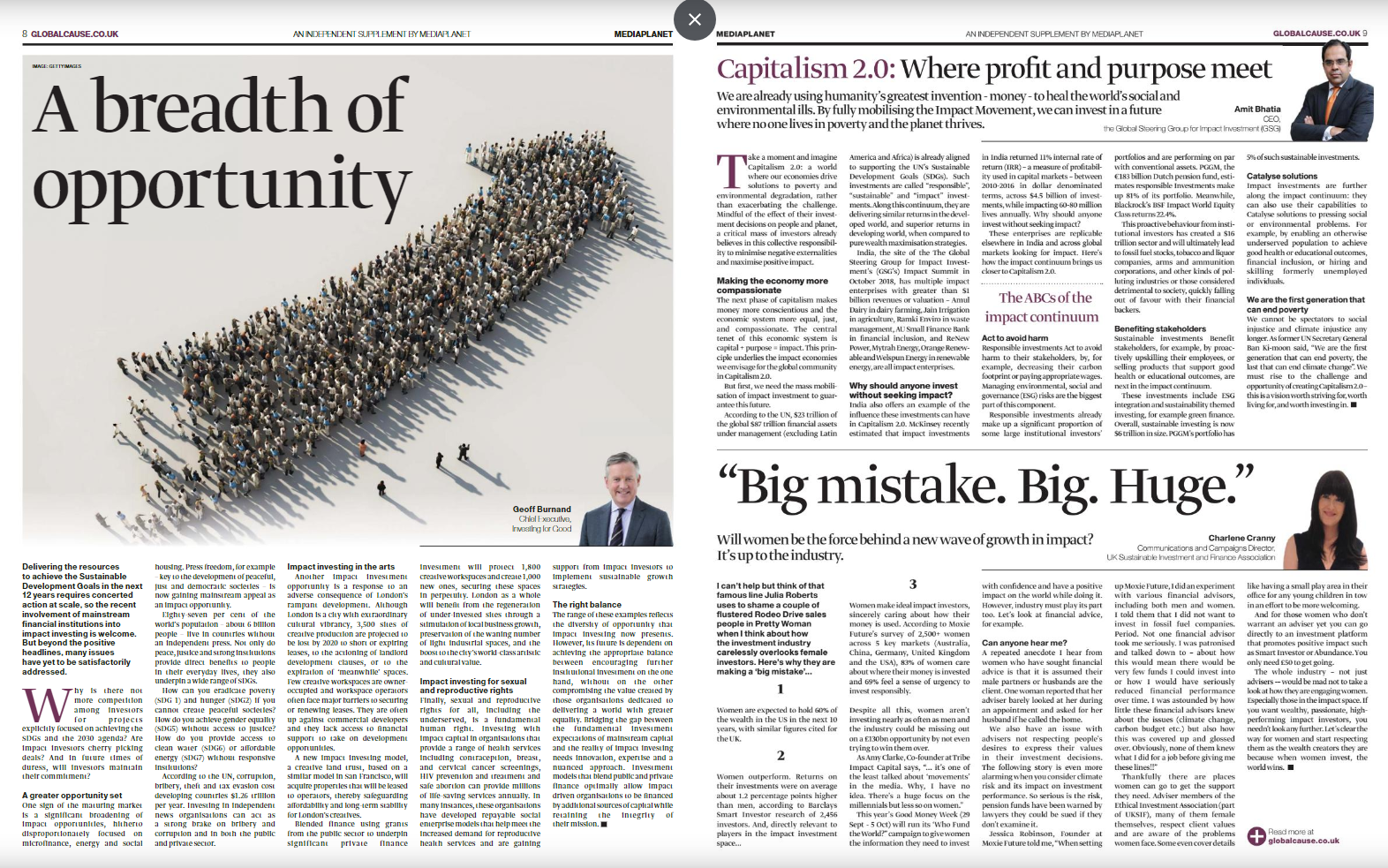
NEWS
When the arts make a difference
“Governments come and go but, when it concerns culture, there is one thing that all political parties agree on: that the arts are good for us”, writes Ivan Hewett in an article in The Telegraph. Even Theresa May and EU Chief Negotiator Michel Barnier should agree on this.
“Governments come and go but, when it concerns culture, there is one thing that all political parties agree on: that the arts are good for us”, writes Ivan Hewett in an article in The Telegraph [1]. Even Theresa May and EU Chief Negotiator Michel Barnier should agree on this.
The arts and culture have a broad appeal that render them powerful means to tackle social issues, or to support vulnerable individuals. Arts therapies, for example, have grown over recent years into a credible method to improve mental health.
Illustration: David Shrigley, Arts Council England’s website
The arts as a means to support disadvantaged groups
Music and Memory, relying on a collaboration with Grammy winning musicians, uses music to provide alternative healing treatments that allow those with dementia, Alzheimer’s and other cognitive and physical challenges to reconnect with the world through music.
Despite the enormous sums of money spent on mood and behaviour-altering medications that are often not particularly effective, nothing compares to these iPods when it comes to improving quality of life.”
— Tony Lewis, President and CEO, Cobble Hill Health Care, Brooklyn, New York
The University of Edinburgh and Limelight Music also explored how music could help disadvantaged groups, focusing on people with physical or cognitive impairments. The project, Music as Social Innovation, seeks to capture any social benefits that musical participation might engender.
Life for elderly people in the UK seems more dynamic since EASOP - Arts Enterprise with a Social Purpose – was founded. The programme they launched, Dance to Health, aims at preventing falls among older people whilst giving them the opportunity to have fun.
Dance to Health Programme, EASOP
Motion, part of last October’s National Theatre of Scotland’s Futureproof festival, is a theatre company unlike any other. All members of the cast are offenders serving a sentence, and the audience was guided through locked doors by prison officers to the performance space. Theatre behind bars can transform lives, not only for the time of the sentence, but also as part of people’s rehabilitation when they leave.
One Festival of Homeless Arts brings together works of art that have been created by artists who have experienced homelessness.
Elsewhere, arts and cultural interventions have been often used to support peace-building, helping communities to deal with the sources of trauma and bring about reconciliation: from participatory theatre initiatives in DRC, to drama in Yemen, or Peace Songs in Nepal[2].
When diversity is core to the project
“Publicly funded art is still dominated by a privileged elite who fail to engage the majority of the population. The majority of artistic directors, producers and chief executives in British theatre are still white, privately educated men. (…) Just like the conversation around ethnic diversity, we are often talked about rather than talked to.” This is the provocative picture of the arts, especially the publicly funded one, painted by Javaad Alipoor on The Guardian in June[3], advocating for the need to “fundamentally change the makeup of who is creating and watching work”.
If some initiatives target specifically communities from disadvantaged backgrounds, or groups in need, should we not consider the unequal access to artistic and cultural institutions as one of the main limits of the arts in tackling inequalities and social challenges?
· Inequalities in creating in the arts
Women artists, and artists from black, Asian and ethnic minority backgrounds, are still significantly underrepresented in the main artistic and cultural institutions. Of the 663 arts organisations in the national portfolio of Arts Council England (ACE), only 8% of chief executives, 10% of artistic directors and 10% of chairs come from black and ethnic minority backgrounds. The ACE also claims that the sector faces a “major challenge” around disabled representation[4] ; and there is no disability data for nearly half the NPO workforce, making it “extremely difficult” to draw accurate conclusions in this area.
· Inequalities in watching the arts
Around 80% of white adults engaged with the arts in 2014, compared with 68% from black and minority ethnic groups, according to a survey, Taking Part. Engaging with the arts can be very diverse however, and these figures do not convey the low participation of BAME population in some of the most elite forms of arts.
· Towards a better representation of disadvantaged minorities
“Theatre companies must diversify or risk losing funding” announced the ACE, that takes this issue very seriously. The ACE has launched the “Creative Case for Diversity”: funded organisations are expected to show how they contribute to diversity through the work they produce, present and collect.
“Arts should do more to embrace diversity. It is crucial to the way in which society and the arts connect.” Sir Nicholas Serota, Chair of Arts Council England, former Director of Tate galleries.
INALA Show, Sisters Grimm. Photo by: Tristam Kenton
Among other examples of how subsidised cultural institutions are active in this field: The Royal Opera House, Opera North and London’s Lyric Hammersmith launched in 2017 a workshop week for black, Asian and minority ethnic artists interested in opera.
In non-subsidised cultural institutions, progress is being achieved as well in terms of diversity and inclusion. Investing for Good has worked with Sisters Grimm, creators of the Grammy nominated show INALA, who are developing a new show to celebrate the Zulu culture. This company is launching a “schools outreach programme”, aimed at offering children from disadvantaged backgrounds the opportunity to see an inspiring show in a theatre, and to learn more about careers in the arts.
The role of impact investing
The Arts and culture sector accounted for less than 0.5% of the impact investing market in 2015, according to a survey co-published in 2015 by the Global Impact Investing Network (GIIN) and J.P Morgan. We believe that the sector, and particularly artistic initiatives tackling pressing social issues, will attract more attention from impact investors.
Investing for Good is committed to fill the gap in the impact investing sector for investible opportunities. We are working alongside Arts Council England, the Mayor of London and Outset Contemporary Art Fund to design the Creative Land Trust, which will provide secure and affordable studio space to creatives in need.
[1]: https://www.telegraph.co.uk/art/what-to-see/how-weve-got-it-wrong-about-the-arts/
[2] See “The Value of Culture in Peacebuilding -- Examples from Democratic Republic of Congo, Yemen and Nepal”, Master thesis, Dorota Piotrowska, CUNY City College, 2016.
[3] https://www.theguardian.com/stage/2018/jun/05/arts-working-class-people-britain-theatre
[4] https://www.thestage.co.uk/news/2018/bame-disabled-staff-still-significantly-underrepresented-theatre-arts-council-report/
Discover our article "Impact investing: a breadth of opportunity" published on Media Planet
The Pope Francis rarely makes headlines of financial newspapers. Media Planet dared to highlight the Catholic leader's vision of "putting the economy at the service of peoples", a vision shared by the social investment sector.
Investing for Good took part in the writing of "The Future of Impact Investing", a special edition of Media Planet published on Sept 28th 2018 as a supplement of The Guardian. Discover below the article "A breadth of opportunity" written by Geoff Burnand, CEO at Investing for Good.
The Pope Francis rarely makes headlines of financial newspapers. Media Planet dared to highlight the Catholic leader's vision of "putting the economy at the service of peoples", a vision shared by the social investment sector.
Investing for Good took part in the writing of "The Future of Impact Investing", a special edition of Media Planet published on Sept 28th 2018 as a supplement of The Guardian. Discover below the article "A breadth of opportunity" written by Geoff Burnand, CEO at Investing for Good.
To access the full publication, click here.
Impact Investing: a breadth of opportunity
Delivering the resources to achieve the Sustainable Development Goals in the next twelve 12 years requires concerted action at scale, so the recent involvement of mainstream financial institutions into impact investing is welcome. But beyond the positive headlines, many issues have yet to be satisfactorily addressed. Why is there not more competition among investors for projects explicitly focused on achieving the SDGs and the 2030 agenda? Are impact investors cherry picking deals? And in future times of duress, will investors maintain their commitment?
A greater opportunity set
One sign of the maturing market is a significant broadening of impact opportunities, hitherto disproportionately focused on microfinance, energy and social housing. Press freedom, for example – key to the development of peaceful, just and democratic societies – is now gaining mainstream appeal as an impact opportunity.
Eighty-seven per cent of the world’s population – about 6 billion people – live in countries without an independent press. Not only do peace, justice and strong institutions provide direct benefits to people in their everyday lives, they also underpin a wide range of SDGs.
How can you eradicate poverty (SDG 1) and hunger (SDG2) if you cannot create peaceful societies? How do you achieve gender equality (SDG5) without access to justice? How do you provide access to clean water (SDG6) or affordable energy (SDG7) without responsive institutions?
According to the UN, corruption, bribery, theft and tax evasion cost developing countries $1.26 trillion per year. Investing in independent news organisations can act as a strong brake on bribery and corruption and in both the public and private sector.
Impact investing in the arts
Another impact investment opportunity is a response to an adverse consequence of London’s rampant development. Although London is a city with extraordinary cultural vibrancy, 3,500 sites of creative production are projected to be lost by 2020 to short or expiring leases, to the actioning of landlord development clauses, or to the expiration of ‘meanwhile’ spaces. Few creative workspaces are owner-occupied and workspace operators often face major barriers to securing or renewing leases. They are often up against commercial developers and they lack access to financial support to take on development opportunities.
A new impact investing model, a creative land trust, based on a similar model in San Francisco, will acquire properties that will be leased to operators, thereby safeguarding affordability and long-term stability for London’s creatives.
Blended finance using grants from the public sector to underpin significant private finance investment will protect 1,800 creative workspaces and create 1,000 new ones, securing these spaces in perpetuity. London as a whole will benefit from the regeneration of under-invested sites through a stimulation of local business growth, preservation of the waning number of light industrial spaces, and the boost to the city’s world-class artistic and cultural value.
Impact investing for sexual and reproductive rights
Finally, sexual and reproductive rights for all, including the underserved, is a fundamental human right. Investing with impact capital in organisations that provide a range of health services including contraception, breast, and cervical cancer screenings, HIV prevention and treatment and safe abortion can provide millions of life-saving services annually. In many instances, these organisations have developed repayable social enterprise models that help meet the increased demand for reproductive health services and are gaining support from impact investors to implement sustainable growth strategies.
The right balance
The range of these examples reflects the diversity of opportunity that impact investing now presents. However, its future is dependent on achieving the appropriate balance between encouraging further institutional investment on the one hand, without on the other compromising the value created by those organisations dedicated to delivering a world with greater equality. Bridging the gap between the fundamental investment expectations of mainstream capital and the reality of impact investing needs innovation, expertise and a nuanced approach. Investment models that blend public and private finance optimally allow impact driven organisations to be financed by additional sources of capital while retaining the integrity of their mission.







